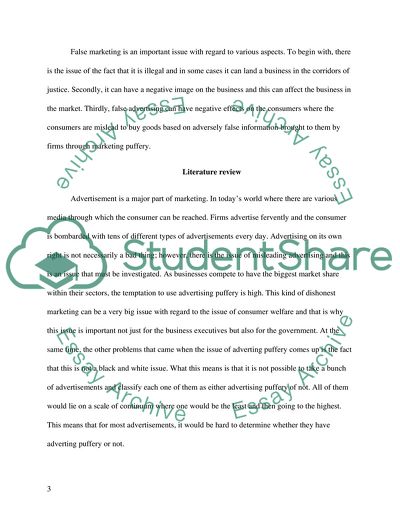Cite this document
(“Marketing Puffery Attitudes among Businesses Dissertation”, n.d.)
Marketing Puffery Attitudes among Businesses Dissertation. Retrieved from https://studentshare.org/marketing/1859721-business-research-methodologies
Marketing Puffery Attitudes among Businesses Dissertation. Retrieved from https://studentshare.org/marketing/1859721-business-research-methodologies
(Marketing Puffery Attitudes Among Businesses Dissertation)
Marketing Puffery Attitudes Among Businesses Dissertation. https://studentshare.org/marketing/1859721-business-research-methodologies.
Marketing Puffery Attitudes Among Businesses Dissertation. https://studentshare.org/marketing/1859721-business-research-methodologies.
“Marketing Puffery Attitudes Among Businesses Dissertation”, n.d. https://studentshare.org/marketing/1859721-business-research-methodologies.


